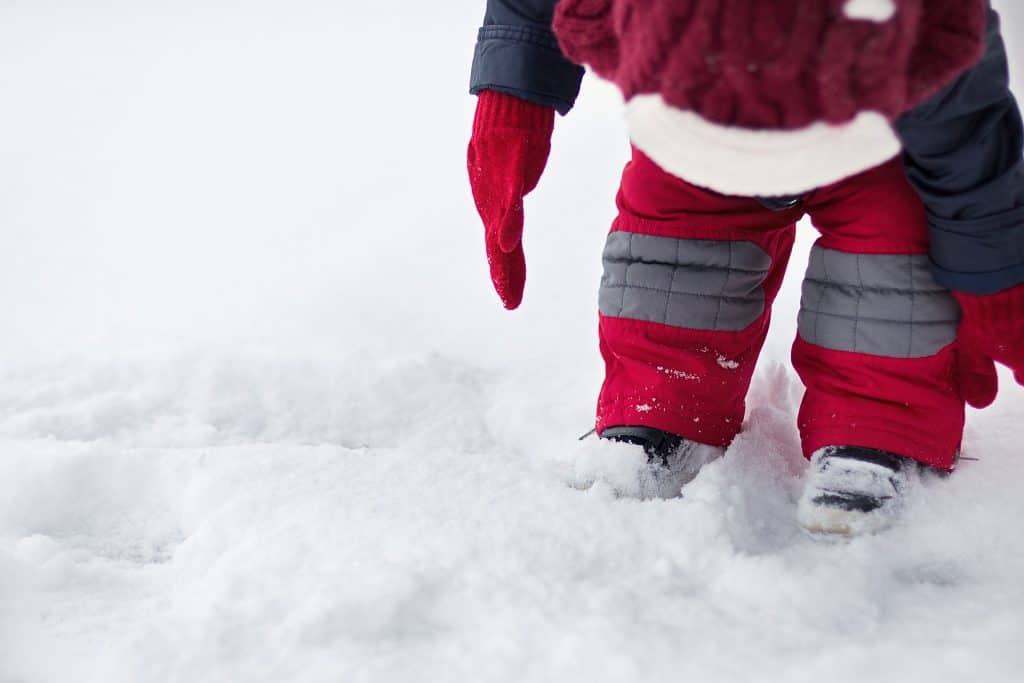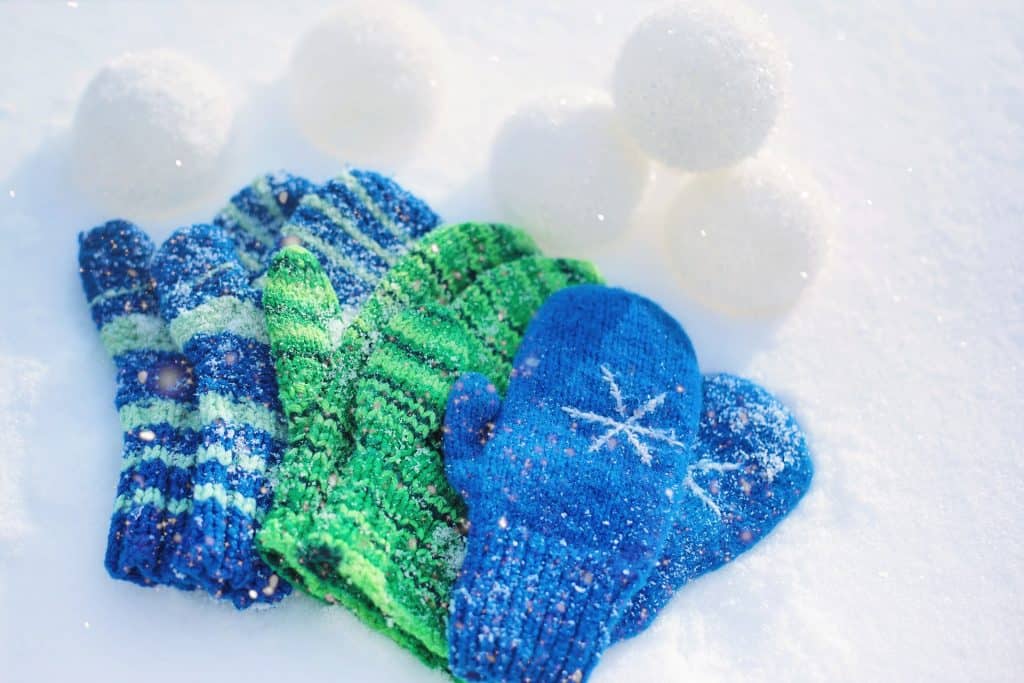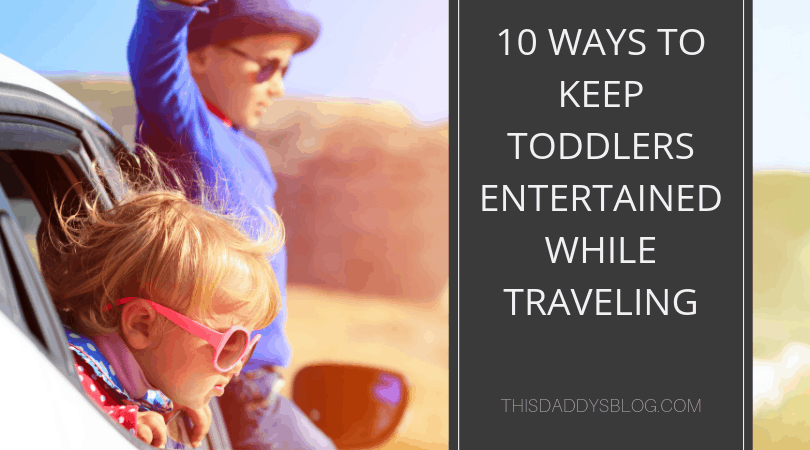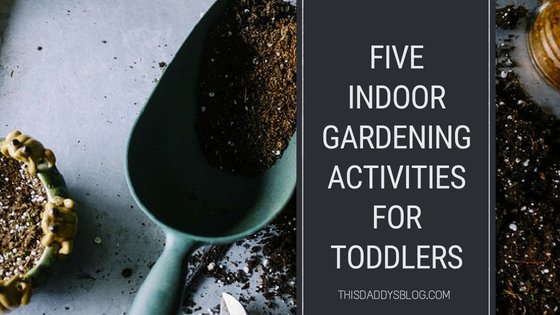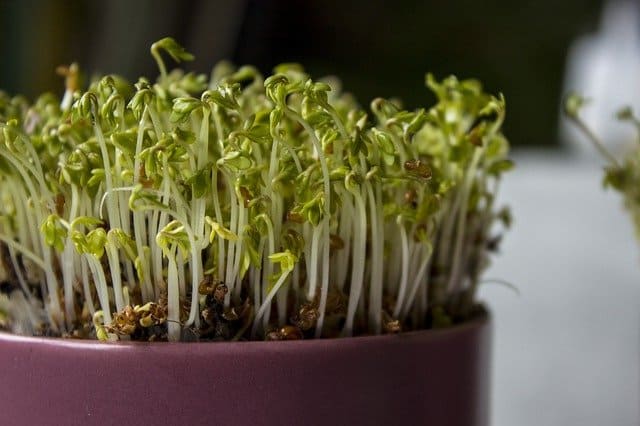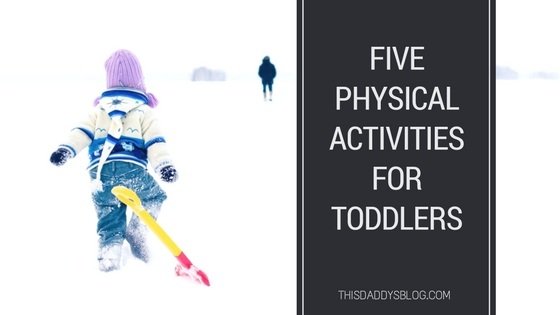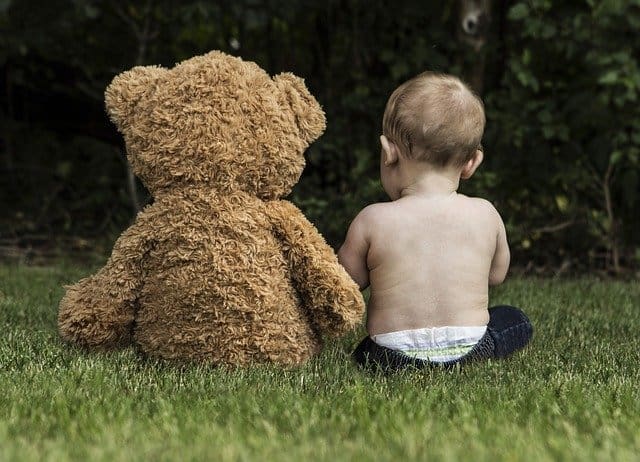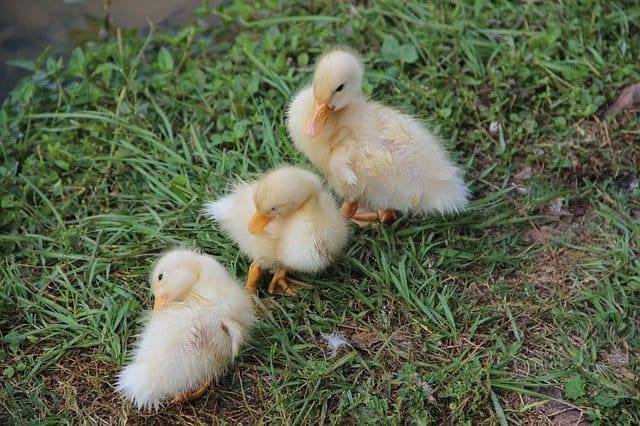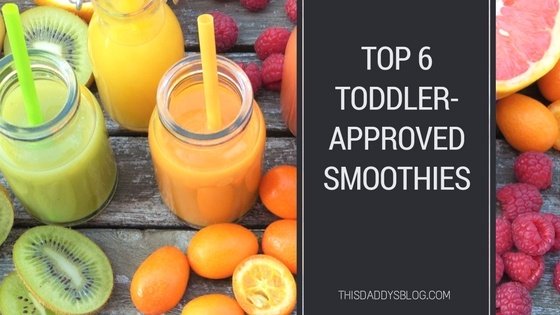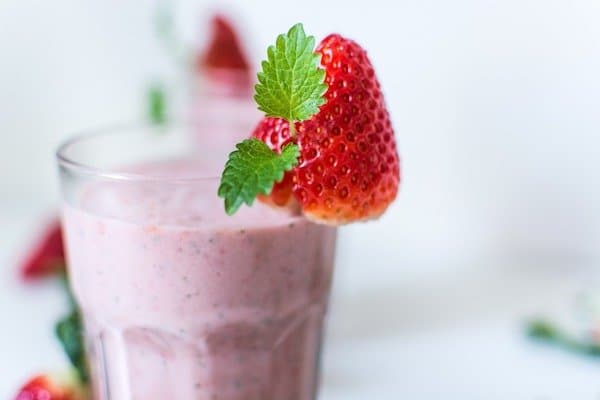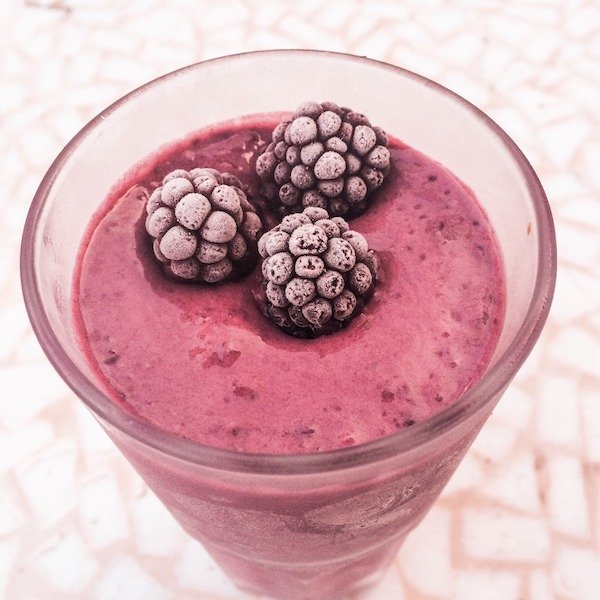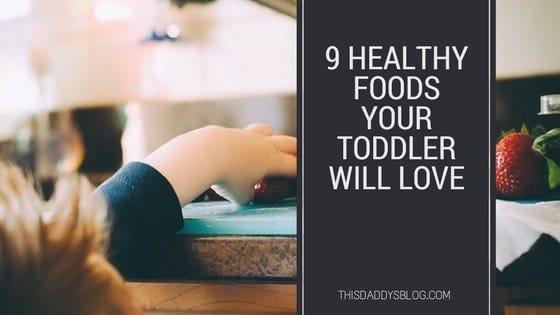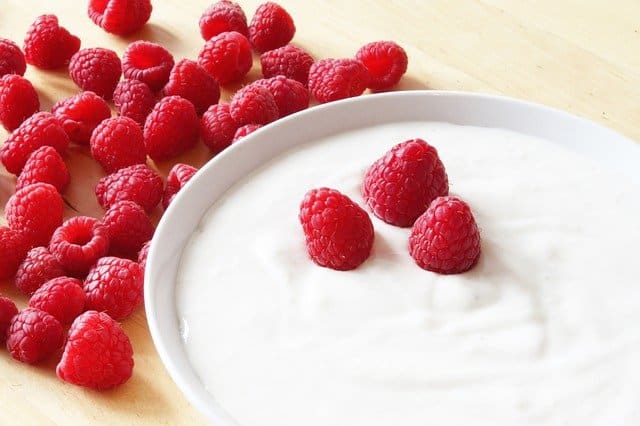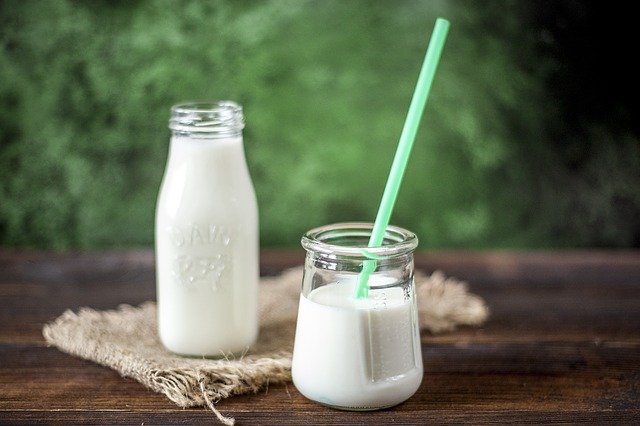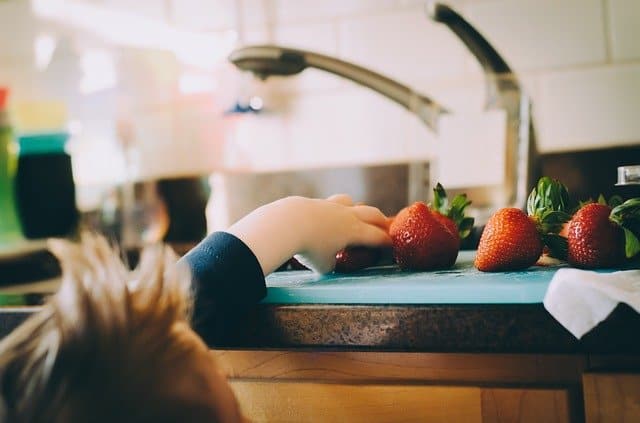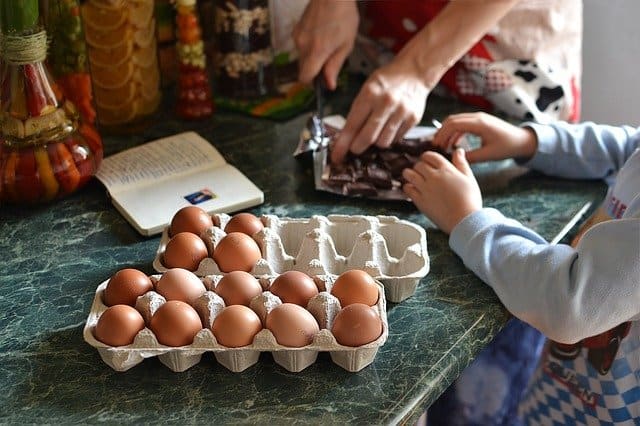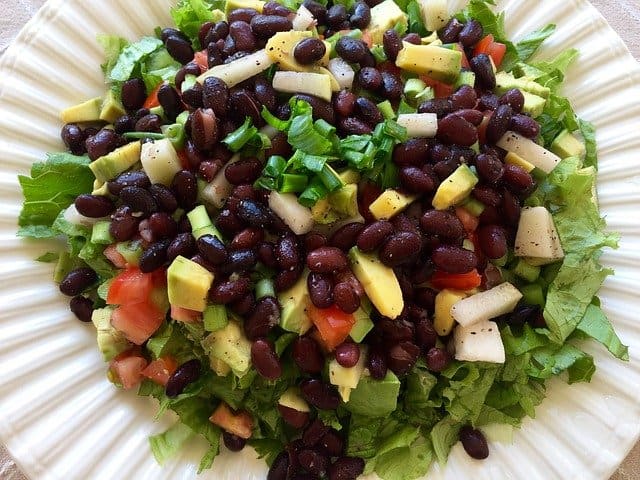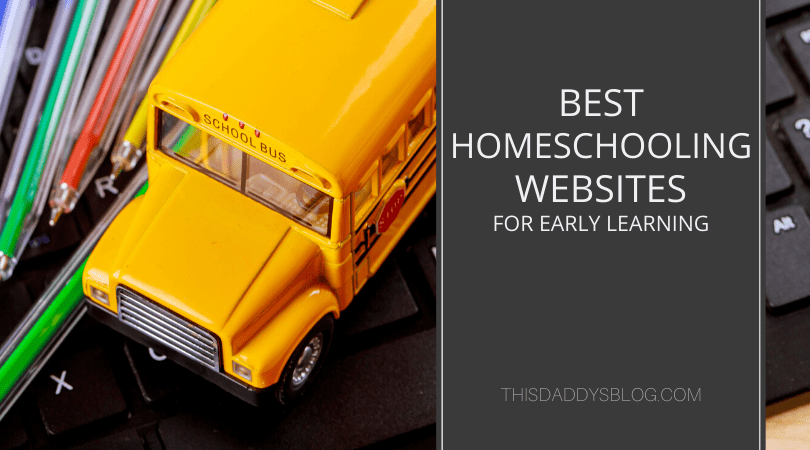
If you do a quick search for homeschooling websites for early learning, you’re going to get inundated with options. However, not all of them provide a substantial amount of value.
Having the right resources is critical for parents who homeschool. Otherwise, it’s tough to handle the various learning objectives and to keep your kids engaged.
Luckily, by using some of the best homeschooling websites for early learning, you can enhance the experience and simplify the process. If you don’t know which ones to try, here are a few worth considering.
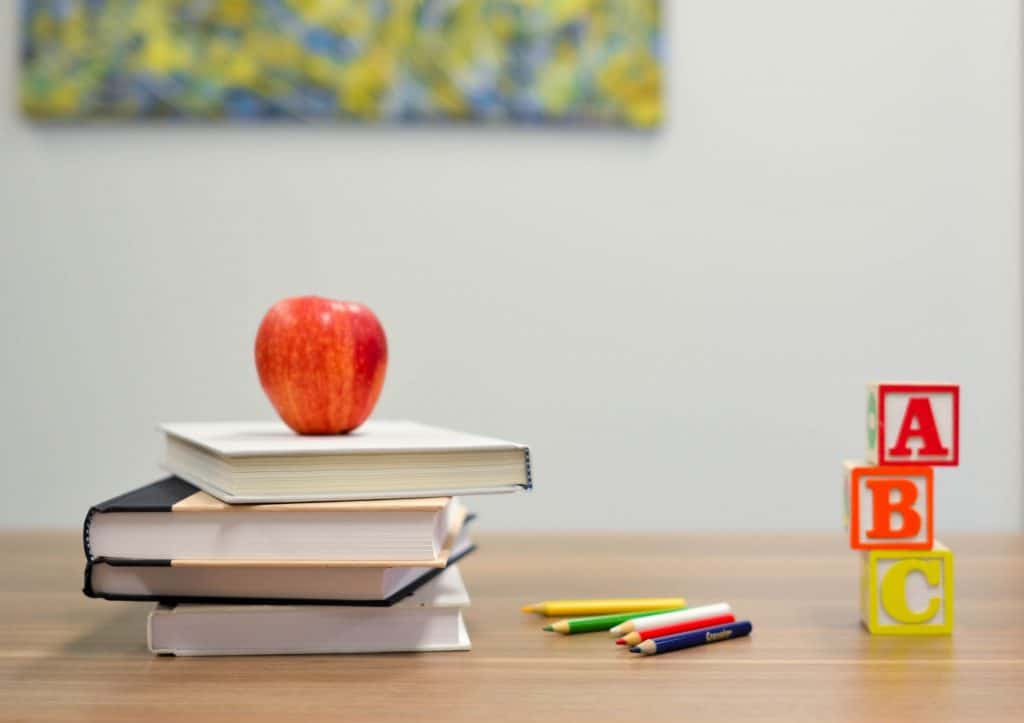
Best Homeschooling Websites for Early Learning
Reading Eggs
Finding ways to make learning how to read fun makes a world of difference. When you can keep your child’s attention and add entertaining elements, they often make faster progress.
Reading Eggs states that it makes learning to read enjoyable, using games, songs, and rewards to elevate the experience. It can take a child from not being able to read at all through to a grade 2 reading level, making it ideal for early learning.
Parents can choose the online subscription service (which they can try out for free), the workbook packs, or both. That gives families some flexibility, which is a nice addition to the program.
Khan Academy Kids
Designed by a leader in educational resources (based on the Head Start Early Learning Outcomes Framework and Common Core Standards), the Khan Academy Kids app offers courses in math and reading as well as social skills. It’s made specifically for children aged two to seven and includes engaging activities, books, exercises, and more.
Parents can use adaptive learning paths or access the library for an independent learning approach. That gives them the ability to align the app to their child’s needs.
Anyone can use the app without having to spend a single dime. Plus, the Khan Academy Kids app is completely ad-free. You don’t have to worry about popups, as there simply aren’t any.
The Artful Parent
Creativity is an important skill for people of all ages. At The Artful Parent, you’ll find a variety of arts and crafts projects for kids. Along with classic options like drawing and painting, you’ll also find sculpture, clay, stained glass, and more. There’s even a section dedicated to toddlers, ensuring each project is ideal for younger children.

Steve Spangler Science
If you’re looking for fun science experience, Steve Spangler Science has you covered. You can go through the library and find instructions for a variety of science-oriented activities, including some that are ideal for younger children.
There are over 100 experiments in the library, and they are all designed to be done at home. Just make sure to preview the options in advance, as some of them are geared to older children.
XtraMath
Developing strong math skills early can make a big difference in a child’s like. XtraMath provides parents with additional instructional options, allowing them to incorporate more math into their programs.
Along with lessons, there are also free videos and activities. Students and parents can also view the learning progress in the reports section, allowing everyone to gauge how far the child has come.
It is important to note that this resource is generally designed for kids who are at least seven years old, based on the standard math progression for children of that age. However, if your child is a bit more advanced, then it may work for them as well.
Duolingo
Duolingo isn’t just for adults. It’s gradual approach to learning a foreign language can work for children as well. The gamified structure ups the level of engagement. Plus, the lessons are bite-sized, making them easier to digest.
While Duolingo is best suited to smartphones and tablets, the website option does work. Plus, it’s completely free, now and always.

HowToSmile
At HowToSmile, you can find a ton of STEM activities for kids. All of the information is available for free. Plus, you can filter the results based on a range of criteria, including a child’s age, the material cost, and the amount of learning time required.
The topics span the gamut, ranging from life sciences to cooking to astronomy. There are even DIY projects for nanotechnology and special lists for events, like Earth Day, to keep your activities highly relevant to the time of year.
Using Homeschooling Websites for Lesson Planning
With so many homeschooling websites for early learning available, most parents simply can’t review everything at their disposal. If you want to use some of the options above for lesson planning, it’s often best to consider your learning objective first. That way, you can limit your resource search to that topic area.
However, do spend some time skimming every website before you get into the planning phases. Consider making a spreadsheet where you can list the site and some notes about what it has to offer, including the subjects it covers. Then, you can search your spreadsheet to see where you should look when you need some supplemental activities for a lesson.
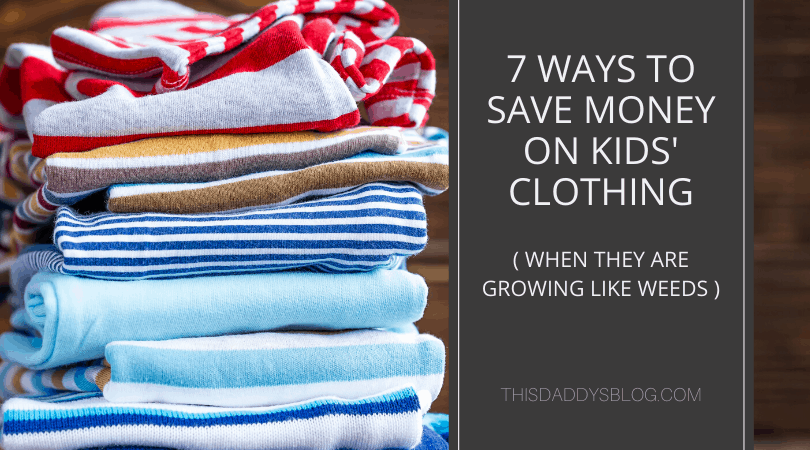


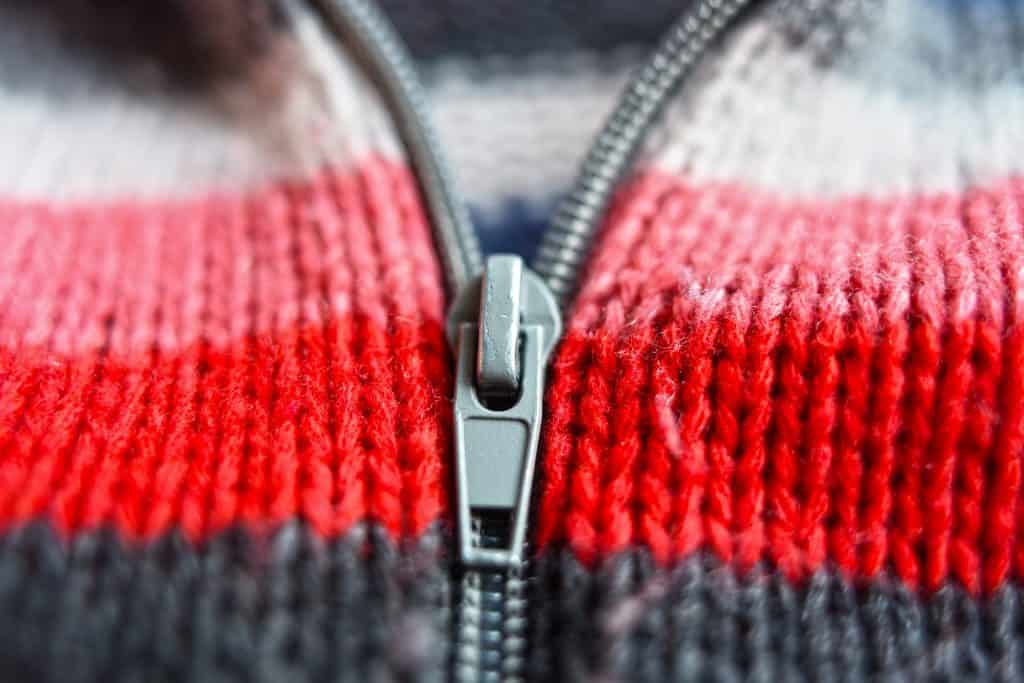




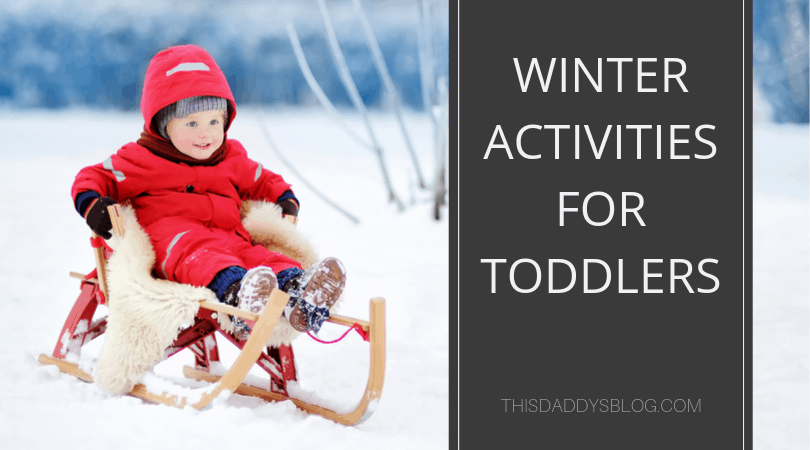 If you have a toddler, you know how active they can be. Sometimes, they seem to have an excess of energy, and figuring out how to burn it off during the colder months can be a challenge.
If you have a toddler, you know how active they can be. Sometimes, they seem to have an excess of energy, and figuring out how to burn it off during the colder months can be a challenge.
